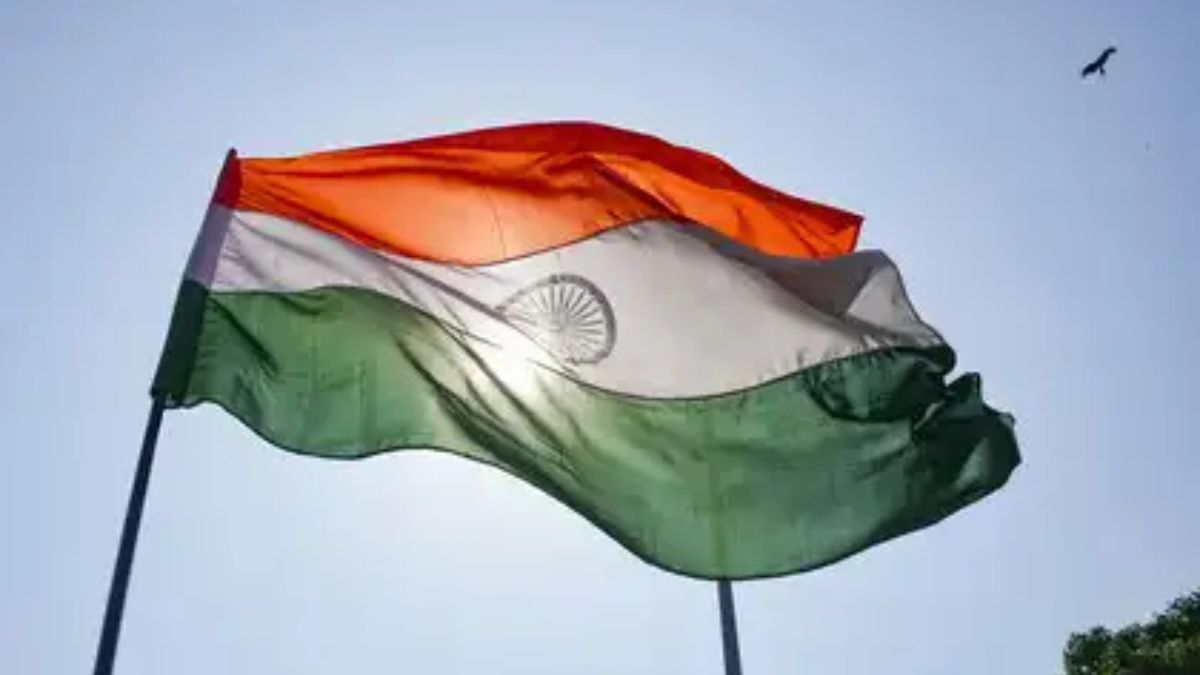With Independence Day around the corner, homes, offices, and streets across India are gearing up to proudly hoist the tricolour under the Har Ghar Tiranga campaign.
But while the sight of the saffron, white, and green waving in the breeze fills us with pride, not everyone realises that the National Flag comes with its own code of conduct. In fact, there’s a detailed set of rules, laid out in the Flag Code of India, 2002, that explains how to display it correctly, what not to do, and how to treat it respectfully even after the celebrations are over.
Here’s a simple guide to get it right this Independence Day.
How to correctly hoist the Tiranga
The Indian National Flag is a symbol of our national freedom and unity. That’s why its display is guided by a set of very specific rules:
1. Shape and size: The flag must be rectangular in shape, with a fixed ratio of length to height at 3:2. The size can vary, but this proportion should always be maintained.
2. Material: It can be made from handspun or handwoven cotton, polyester, wool, silk, or khadi bunting. Since December 2021, machine-made flags are also allowed.
3. Who can fly it: Any citizen, private organisation, or educational institution can display the flag on any day, not just national holidays, as long as it’s done respectfully.
4. Time of display: Thanks to an amendment in July 2022, the flag can now be flown both day and night, as long as it’s in the open and properly illuminated if it’s dark. Earlier, the national flag could only be hoisted between sunrise and sunset.
5. Position and prominence: The National Flag should be placed in the position of honour, preferably at the centre or the highest point, and should always be prominently visible.
6. Condition: Never hoist a damaged, soiled, or dishevelled flag. If it’s torn or faded, it’s time to retire it respectfully.
7. Prohibitions:
-Don’t display the flag upside down.
-Don’t place any other flag above or next to it at the same height.
-Don’t put garlands, flowers, or emblems on or above the flagmast from which the National Flag is flown.
-Don’t fasten it in a way that could cause damage.
What to do with Tricolour after Independence Day?
Once the celebrations are over, the Tiranga must still be treated with the same respect and dignity as on Independence Day itself. The Flag Code makes it clear, it should never be stored in a way that could soil, tear, or damage it.
If a flag is damaged, it cannot be tossed aside or dumped like any ordinary cloth. The code specifies that it must be destroyed “as a whole, in private,” preferably by burning or by any other method that preserves its dignity.
If burning is chosen, the process must be respectful. The flag should be neatly folded, placed in a clean, safe spot, and then set in the centre of a controlled fire, never just lit and tossed into flames. Similarly, a damaged flag can also be buried. In such cases, it should be folded, placed in a wooden box, buried in the earth, and followed by a moment of silence, reports Hindustan Times.
Paper flags, often handed out during parades and events, should also be handled with care as the flag code states that it “shall not be allowed to touch the ground or the floor or trail in the water”.
How to fold the flag?
Rules have also been laid down on how the national flag should be folded. The Ministry of Culture had previously shared a four-step guide on Twitter.
Step 1: The Indian national flag must be placed horizontally.
Step 2: The saffron and green bands need to be folded beneath the white band.
Step 3: The white band needs to be then folded in such a manner that only the Ashoka Chakra is visible with parts of the saffron and green bands.
Step 4: The folded Indian national flag needs to be carried in arms or palms to store it in a safe place.
What happens if you disrespect the national flag?
Disrespecting the Indian National Flag is not just frowned upon; it’s a punishable offence under Section 2 of the Prevention of Insults to National Honour Act, 1971.
“Whoever in any public place or in any other place within public view burns, mutilates, defaces, defiles, disfigures, destroys, tramples upon or otherwise brings into contempt (whether by words, either spoken or written, or by acts) the Indian National Flag… shall be punished with imprisonment for a term which may extend to three years or with a fine, or with both," it said.
With input from agencies
)